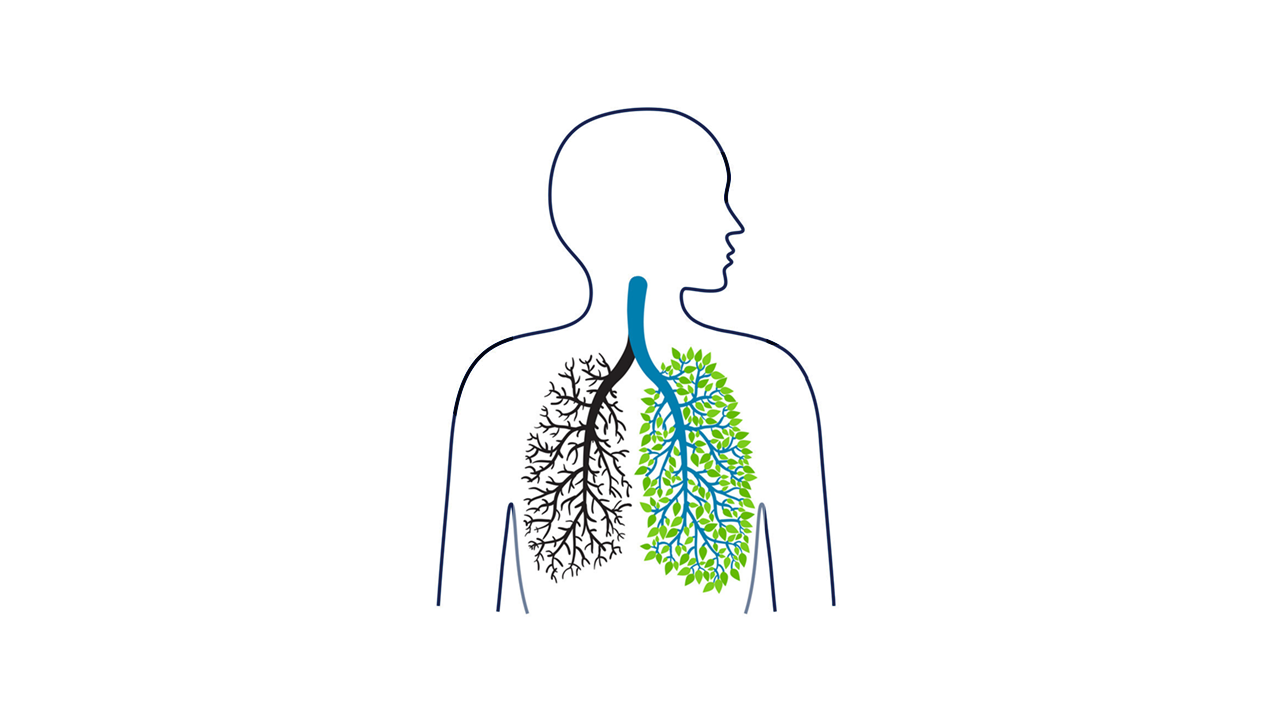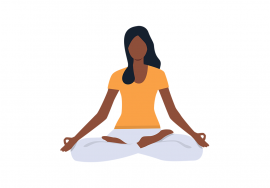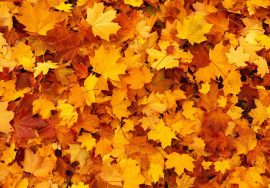CLEANSING AND STRENGTHENING THE LUNGS & HEART
Our lungs and heart are constantly working around the clock to keep us healthy.
The heart pumps blood and oxygen to all our organs – if it does not get the care it needs, serious problems like plaque formation, blockage of the arteries and heart attacks can develop. While in the past, adults aged 65 and older were more prone to heart problems caused by aging, at present we are increasingly seeing a trend where younger people are developing cardiovascular diseases.
Similarly, our lungs, which are continually filtering the air that we breathe, are challenged by the many pollutants, pollen, chemicals, smoke etc. that are increasingly common in the less-than-optimal quality of air we are exposed to daily.
These allergens enter our lungs, causing infections and breathing difficulties. Even in the context of corona virus, most deaths around the world have been due to respiratory problems caused by this life-threatening virus.
And this is the time of year when viral infections and air borne diseases are on the rise. So, cleansing and strengthening our lungs and hearts will equip our bodies to combat such ailments and virus attacks.
There are several ways to do this, including making dietary changes and adopting healthy lifestyle patterns, as well as exercising regularly.
In Ashtanga/Hatha Yoga there are many Asanas and Pranayamas which are very effective/beneficial for cleansing and strengthening the lungs & heart. Most of those Asanas can be a bit difficult for many people.
Fortunately, in the preliminary Yoga section, there are some very simple exercises mentioned which are very easy to perform and have very long lasting beneficial effects.
In this article, we will discuss a couple of those simple exercises.
EXERCISE A:
Technique:
- Stand straight on a cotton/jute rug or on a Yoga mat, keeping your feet together and arms on the sides, palms facing in.
- Raise your arms from the front to the shoulder level, keeping the arms parallel to the floor/ground and palms facing down.
- Move your arms backwards and downwards, making a semi-circle at the shoulder level while breathing in deeply and pushing the arms towards the floor/ground while bending slightly from your lower back and keeping the palms facing inwards.
- Hold your breath in for 8 – 10 seconds, keeping your arms firmly stretched towards the floor/ground and opening your chest completely, pushing your shoulders slightly backwards.
- Straighten your back while exhaling and bring your arms back in the starting position, on the sides near your thighs.
- Repeat steps 2 to 5, for 5 times to start with and gradually increase it to 10 times.
EXERCISE B:
Technique:
- Stand straight on a cotton/jute rug or on a Yoga mat, keeping your feet together and arms on the sides, palms facing in.
- While breathing in through your nose, start raising your arms upwards all the way to a straight position, keeping the palms facing outwards.
- Hold your breath in and stretch your arms upwards towards the sky/ceiling.
- Bend from your lower back as far as you comfortably can and lower the arms backwards while keeping them fully stretched in a straight position, keeping your head between the arms.
- Maintain that position while holding the breath in, for about 8 – 10 seconds.
- While breathing out, straighten your back and bring your arms down to the starting position.
- Repeat steps 2 to 6 for 5 times to start with, and gradually increase it to 10 times.
Precautions:
- Do these exercises very slowly/gently without jerking while moving your arms, and while bending backwards and to the straight position.
- Hold the breath in as long as you feel comfortable and you don’t feel that you need to put an extra effort while breathing out.
- Keep the arms fully stretched so that your elbows do not bend.
- In exercise 2, make sure your neck does not bend too much in the backward bend position and your head should be kept between the arms. If your neck is bent too much and your head is tilted downward lower than the arms position, you may feel quite dizzy while returning to the straight position.
- You may sometimes feel a bit dizzy and also experience pins and needles on your arms when you return to the straight position after completing the exercise. These symptoms are normal, which indicate that the blood circulation is improving and that the air is also flowing better through the channels.
Benefits:
- These exercises are very beneficial for cleansing and strengthening the lungs and heart.
- The deep inhalation and exhalation is very important in these exercises as it ensures a plentiful supply of fresh oxygen to the lungs and heart, and also to the brain.
- Several issues relating to the lungs, e.g. asthma, T.B., bronchitis, etc.; and those relating to the heart, e.g. strong palpitation, irregular heart-beats, pain in the chest/heart region, etc. can be successfully addressed by these exercises.
- The stretching of the arms – sideways, upward and downward, allows the muscles, nerves, veins, the rib cage, the shoulders, etc. to open up more, and this also allows forceful circulation of oxygenated blood in all these areas/parts, thereby removing the impurities/toxins accumulated in these areas.
- The whole process of breathing and stretching affects and activates very minute cells in the chest (lungs & heart) and in the arms. This has a toning effect on the lungs and heart.
- It also helps thin people to develop healthy muscles and flesh around the chest and arms, which is needed as a protection for the ribs, bones of the arms and the shoulder joints. Hence, these exercises can even prevent a common painful condition called “frozen shoulders”.
- These exercises can improve and maintain the elasticity of the lung and heart tissues, and also make the spine supple and strong, thereby, having a strengthening effect on the whole nervous system.
- Regular practice of these exercises can help to keep one’s lungs and heart very healthy throughout one’s life. Common problems like blockages in the heart arteries, difficulty in breathing, asthma, etc. which are increasing rapidly in the modern world, can be successfully addressed by these simple exercises.
- The benefits derived from these exercises are of a long lasting nature.
To book an online appointment at Ayuryoga, with our Ayurveda/Yoga Expert Mr. Vinod Sharma Hong Kong please click here.
Caution: If you have heart-related problems or other health issues, please consult a qualified Health Professional before practicing any Yoga Asanas/Pranayamas.
Disclaimer: This information is intended for educational purposes only & does not constitute expert medical advice, nor is it meant to replace medical recommendations by a medical practitioner. Always consult a qualified Ayurveda Doctor/Health Professional/Yoga Guru for your specific medical needs before taking any herbal health supplements and/or practicing Yoga.









